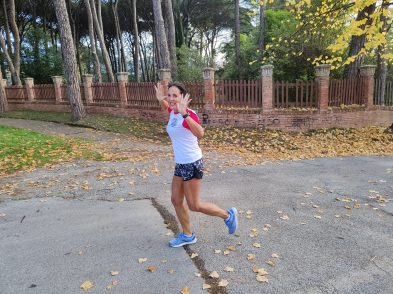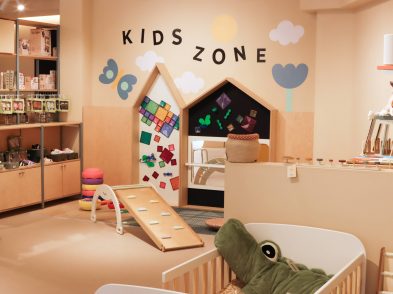Once upon a time, we talked about change across centuries, generations and decades. Of late, time has condensed, shrunk and undergone inverse exponentialism. Now we can actually talk about astounding changes to the face of Tuscan tourism in terms of months.
In general terms, the ‘hardcore’ Tuscan tourists from the United States, Europe, Australia, Japan and New Zealand—the tourists who have been coming to the region for a long time (recession permitting)—are still here. However, in the past several years they have been joined by a multitude of very different visitors: Brazilians, Indians, Russians, Asians and, in particular, the Chinese. Each group brings its own attitudes, culture, interpretation and understanding. Each is fascinating and gives our tourist industry a new ‘face’ for everyone involved in the industry to learn about. Understanding how to read and anticipate feelings and reactions on a cultural basis is part of any good tourist operator’s job description, and the additional players make the game increasingly difficult but interesting.
Speaking about the new faces of tourism in Florence, recently, one restaurant owner commented, ‘Brazilians are happy, easygoing people who go with the flow. They love to join in and share the fun. They are very much “good time” tourists. Indians, on the other hand, appear mildly distrusting and a little scared of Italian culinary traditions. We explain everything in great detail and provide lots of tastings. We are learning to love Russians; the first Russians, five years ago, were really difficult for us. There was very little communication and we didn’t really understand them culturally. But now we think they are beginning to be responsible tourists, adapting, learning and taking part. Oh, and they really dislike tomatoes! The young Chinese are fascinating: keen to cast off their stereotype, they read everything and desperately want to learn and understand. Very cool people!’
Keeping restaurant menus that are faithful to Tuscan traditions and values, yet which offer choice for diverse cultures and values is a challenge. Many Tuscan restaurants experiment with foreign chefs and cooks who embrace local traditions and tastes, but who are unafraid to introduce new flavours, ingredients and combinations. Religious, health and taste factors all have to be met. Most restaurants now can rustle up vegetarian, gluten-, alcohol- and pork-free menus, and do so on a daily basis.
A distinction must also be made between the do-it-yourself traveller, with an array of tastes, requirements, cultural awareness and budgets, and the mass-packaged tour groups, which clog up the city with their oversized coaches, moving in packs around the city, creating ‘people rivers,’ whose path it is nearly impossible to cross, who tend to leave a tidemark of litter in their wake (not necessarily their fault, litter bins quickly overflow), with their matching headsets, tags swinging from their necks and vacant stares. They will not remember this experience in 10 years’ time, and Florence’s scale is simply too small to cope with this category within its small spaces, narrow streets, tiny eateries and bars, and miniscule public bathrooms. But this is a very real face of one type of today’s tourism.
Another big change in tourism comes in the wake of Florence embracing large-scale events. The World Cycling Championships have just pedalled to an end, hailed generally as a resounding success. Florence and Tuscany provided a magnificent backdrop, the organisation was impressive and the inconvenience was more than compensated for by a vastly positive image of our city circulating the world. Most important in economic terms, the event brought in some incredible tourism, including guests who arrived with their own cycles and slept with them in their bedrooms, following the circuits cycled by the elite just hours before them. This represents niche tourism, with Tuscany offering experiences that these people will never forget.
The biggest change to date is the device-carrying tourist, increasingly in the majority. The flow of information that these on-the-spot tourists can give and receive is limitless. At the touch of a button they have a wealth of information at their fingertips that simply was not available before—and in real time. They just as easily pass on information, views and opinions to current and future travellers. Those who operate tourist-serving businesses—hotels, restaurants, bars, museums, galleries—have generally been rather slow to catch up with smart technology. Wi-fi availability is still the exception rather than the rule, social media accounts tend to be half-hearted, web sites dated and reviews sites (TripAdvisor in particular) still strike fear into the hearts of many business owners. However, slowly but surely, change is coming to Florence and Tuscany.
Another interesting effect of this new fount of information is the incredible detail with which people plan their trips months ahead. They glean information less from traditional guides and are more driven by opinions on social media and review sites. It has also become common to ask for information by posting a question on Twitter and listening to the advice of a total stranger. Once in Florence, the traditional advice of a taxi driver, shop assistant and hotel employee can be quickly verified with three clicks.
Lastly, tourists spend increasingly less time in our city, with each day packed full to the brim with activities. A day trip to Rome is now feasible (and vice versa), avoiding the need to stay overnight in both cities. Increasing time pressure makes for a more condensed experience. Sadly, there may be less time for cappuccino drinking and people watching, this city’s absolute must-do activities.







